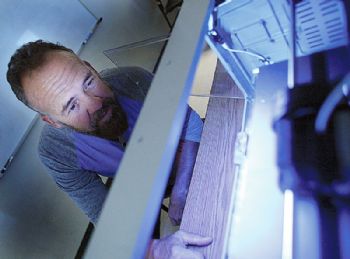
A report from law group DMH Stallard says that many companies are “excited by the use and potential of 3-D printing, but do not see it as a major threat to their intellectual property (IP)”.
The group spoke to manufacturing companies that use 3-D printing to produce prototypes as well as finished parts, and those developing software relevant to 3-D printing, design protection and data logistics.
Of the companies surveyed, over 50% believed that their IP would be safe if “sensible precautions were taken to protect it”.
This is despite the fact that 3-D printing can make counterfeiting goods easier, DMH said.
However, they did acknowledge that there is “more danger to them at the bespoke end of the scale, where very small numbers of highly customised products are made”.
The research was conducted with companies through interviews with R&D teams, chief executives and directors.
Robert Ganpatsingh, DMH partner and one of the researchers, said: “While this attitude may not cost them today, as 3-D printing improves, so does the ability of counterfeiters to rip off IP that is hugely valuable to organisations.
"Companies need to take steps now to ensure that they will be protected, as the technology develops.”
The report outlines a number of tips for businesses to protect their IP while “making the most of 3-D printing”.
These include: setting up as many barriers as possible to prevent the copying of products; investing in an in-house 3-D printing capability; and placing greater emphasis on determining which parts of the product may require individual protection.